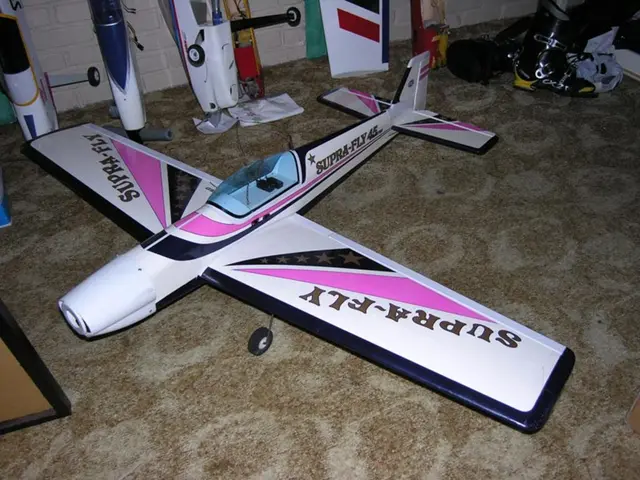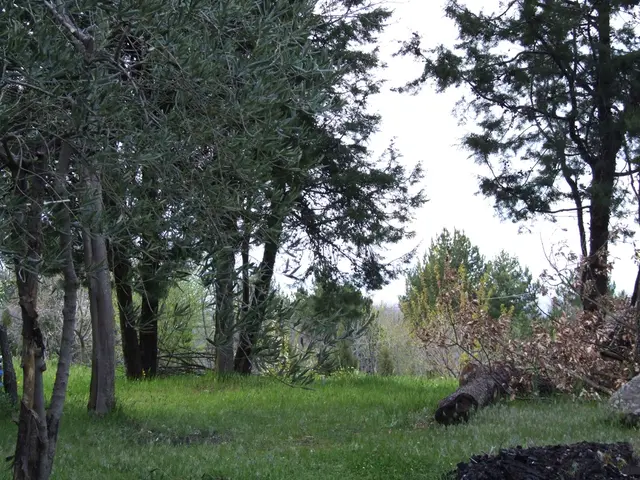Hearing the Next Phenomenal Cosmic Signal Using Affordable Software Radios
The University of Puerto Rico at Arecibo is spearheading a fascinating new project, Wow@Home, with the aim of uncovering the secrets behind the enigmatic Wow! Signal detected in 1977. This initiative encourages volunteers to build and operate radio telescopes at home, contributing to data collection that could potentially help identify the source of this intriguing signal.
The software development for Wow@Home is currently underway, with the goal of creating a Python-based program that can be deployed on Raspberry Pi. This software will be designed to work seamlessly with the RTL-SDR receiver, a popular choice for homebrew radio telescopes.
One of the key features of the Wow@Home software is its ability to generate a live preview of the data in the style of the original Ohio State SETI project printouts. This feature, developed by an unnamed individual or team, allows volunteers to monitor their data in real-time, adding an element of excitement to the scientific exploration at home.
Interestingly, the method used by Wow@Home to gather data, by leveraging the Earth's rotation, is similar to how the legendary Arecibo Observatory functioned. This means that volunteers do not need to motorize their dish at home, making the project more accessible to a broader audience.
The Wow@Home project is open to contributions from the community, particularly those with experience in RFI shielding, software GUIs, and general software development. By working together, the team hopes to find the necessary assistance and community support to flourish.
The project aims to use the Raspberry Pi for data analysis at home, with the software development team working on creating software that can process and analyse the data collected by the radio telescopes.
The Wow@Home project is not the first of its kind, as many SDR-based homebrew radio telescopes have been covered previously. However, its focus on documenting the hardware and software for picking up a Wow! class signal at home sets it apart.
Despite the excitement surrounding the possibility of extraterrestrial life, the University of Puerto Rico at Arecibo believes the Wow! Signal could be the result of a rare astrophysical event. Regardless, the Wow@Home project offers an exciting opportunity for citizen scientists to contribute to the ongoing search for answers from home.
Join the Wow@Home project today and be a part of the quest to unravel the mystery of the Wow! Signal. Together, we can push the boundaries of what is known and potentially uncover something truly extraordinary from the comfort of our homes.
Read also:
- Hydrogen set to revolutionize India's space expeditions, transportation sector, and clean energy ambitions, according to ISRO Chairman's claims
- Strategic approach to eco-friendly nickel production for electric vehicles in Europe
- Solar energy company, Imperium, alongside QORAY Mobility & Energies Solar Business, bolsters Nigeria's environmental future by producing superior solar panels domestically and offering flexible payment options.
- AI Inspection Company, Zeitview, Secures $60 Million Funding for Expansion








